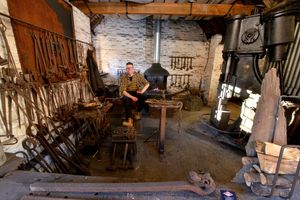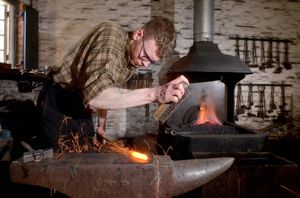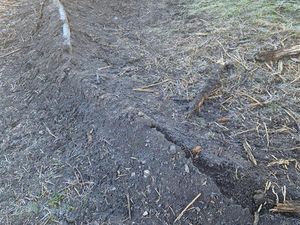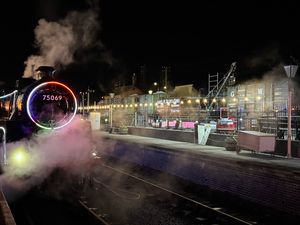New Blists Hill blacksmith takes visitors back to industrial revolution
A new working blacksmith's forge has been installed at Blists Hill ready to transport visitors back to the industrial revolution.

Made of cast iron, the new William Allday & Co Blacksmiths Forge was manufactured in Stourport-on-Seven before taking up residence in the blacksmith’s workshop at the open-air museum in the Ironbridge Gorge.
The attraction will now play an "important" role in bringing to life the types of industry that were prevalent during the Victorian era.
Jack Sampson, Blists Hill's resident blacksmith, said: “We are so grateful to have the new forge here at Blists Hill, being able to demonstrate how blacksmiths work in a functioning workshop is such a fun and valuable asset to the museum.
“I have been blacksmithing since I was 12 and the new forge is going to enable me to continue that passion right here at Blists Hill.


“Being able to show visitors exactly how a workshop of this era would have been and how blacksmiths operated is so valuable, so being able to continue that is great news for us."
The forge was one of the first forges manufactured by William Allday & Co before the company merged with John C Onions in 1885, creating the company of Allday and Onions Birmingham.
Before the two companies merged, William Allday & Co had been forced to stop making cast iron forges and switch to manufacturing bike frames when demand fell significantly.

The equipment used in the forge is now very rare and the museum is delighted to have one fully installed and in working operation.
Richard Aldred, spokesman the Ironbridge Gorge Museum Trust, said: “This new forge is really important to the visitor experience here at Blists Hill.
"It gives visitors the chance to take in all the sights and sounds that would have been commonplace had you walked through the town during the 19th century.”





